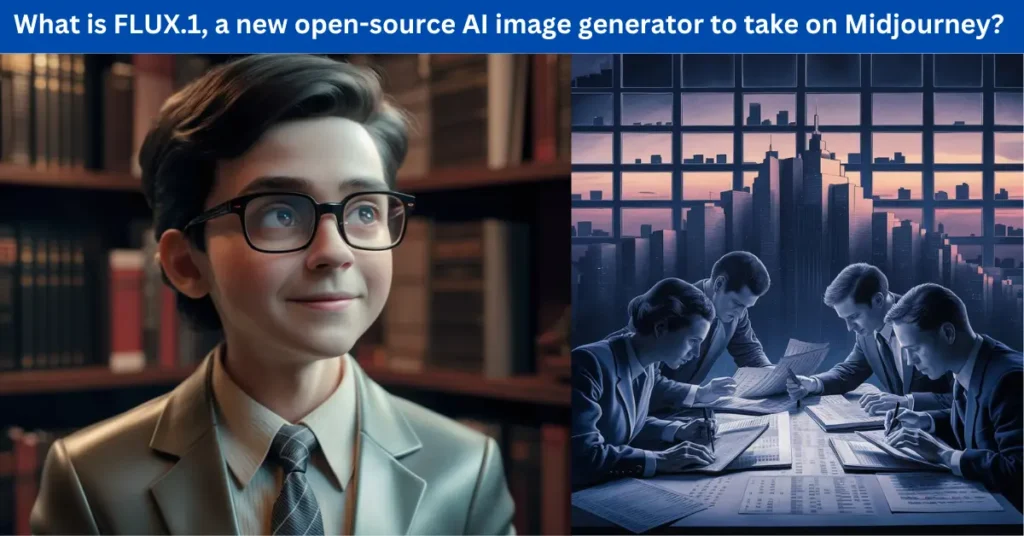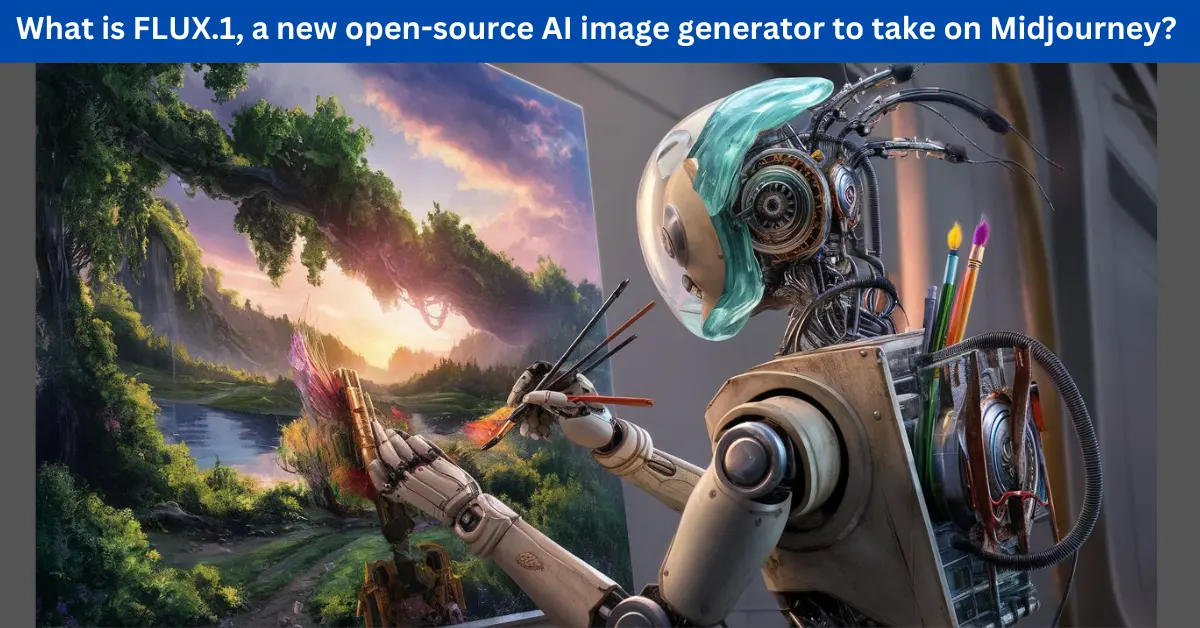The photo-realism of images produced using FLUX.1, which was developed by former Stability AI engineers, has generated a lot of excitement online.
The most recent series of artificial intelligence (AI)-generated images to become viral on social media shows close-ups of people speaking into microphones, most likely on stage at a conference or other event. The lifelike portrayal of the skin, hair, and wrinkles of the men and women in the photographs, which first appeared on a Reddit post devoted to AI-produced content, has created a lot of discussion online.
These images were produced by Black Forest Labs, a German startup, utilizing their recently released FLUX.1 text-to-image artificial intelligence algorithm.
Although similar photos have previously surfaced online, the ones produced using FLUX.1 indicate that these AI models can now depict fictitious individuals with nothing obviously strange about them (apart from the text on their badges). Because FLUX.1 is an open-source AI model, they therefore serve as a sign that technology is becoming both more complex and more accessible.
It should be highlighted, however, that the AI-generated images produced using FLUX.1 that have gained widespread attention were improved even more by the application of the Low-Rank Adaptation (LoRA) technique, which is designed to enhance and optimize the results of big language models.
Who created FLUX.1 and what does it do?

Three distinct versions of FLUX.1, which was released on August 1, are accessible to users. The premium AI model intended for business use is referred to as the “Pro” version. The speedier version of FLUX.1 with open weights is known as “Schnell,” which translates to “quick” or “fast” in German. In the meanwhile, the “Dev” version of FLUX.1 includes open weights and is designed for non-commercial usage.
With a parameter count of 12 billion, the AI model’s architecture supposedly combines diffusion and transformer techniques. The parameter sizes of the Stability Diffusion 3 model suite, for example, range from 800 million to 8 billion. Using training techniques like flow matching, Black Forest Labs announced in a blog post that FLUX.1 has been further optimized. The source of the data used to train the AI model was not disclosed by the corporation, however.
Black Forest Labs, an AI firm created by a group of AI researchers and engineers, some of whom held important positions at Stability AI before, is the creator of FLUX.1. Actually, according to reports, Dominik Lorenz, Andreas Blattmann, and Robin Rombach were employed by the AI company prior to the release of its Stability Diffusion 3 (SD3) model.
In a recent early funding round, Black Forest Labs raised over $31 million in capital, including investments from Silicon Valley heavyweights Andreessen Horowitz, General Catalyst, and MätchVC. ArsTechnica reports that Black Forest Labs has added former Disney CEO Michael Ovitz and AI expert Matthias Bethge as advisors.
What does FLUX.1 have to offer?
It appears that FLUX.1 can create human hands and legs. Due to shortcomings in the training datasets, images produced by AI models had issues accurately depicting human limbs.

According to the firm, “a diverse range of aspect ratios and resolutions in 0.1 and 2.0 megapixels are supported by all FLUX.1 model variants.” Going forward, Black Forest Labs stated that it is developing a text-to-video generator that would compete with Kuaishou’s Kling, Runway’s Gen-3 Alpha, and OpenAI’s Sora.
“Our video models will enable accurate creation and editing at previously unheard-of speeds and high definition.”
Hugging Face and other AI developer platforms make the weights of FLUX.1 [dev] and FLUX.1 [schnell] publicly available. Replicate and Fal, two AI cloud-hosting platforms, offer these models for direct use. Freepik, a stock photo website, has included FLUX.1 in its AI toolkit.
ALSO READ : Meeting Anushka, a low-budget humanoid robot built with parts from a dump yard.

I am Swapnil Duphare , Owner of Website : SpeedTestsWifi – I am Digital Marketer from last 6 Years and Write Blog Articles based on Internet and Speed Testing tool websites.
I am From Nashik, Maharashtra, India.
